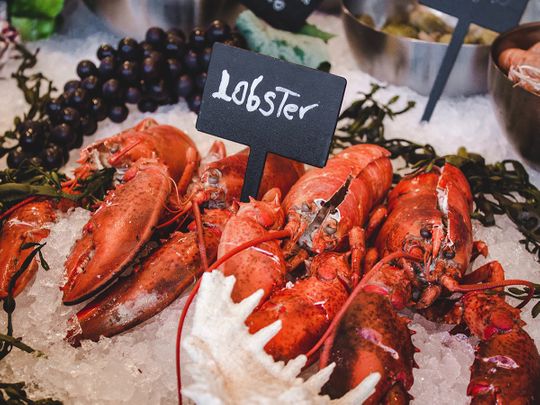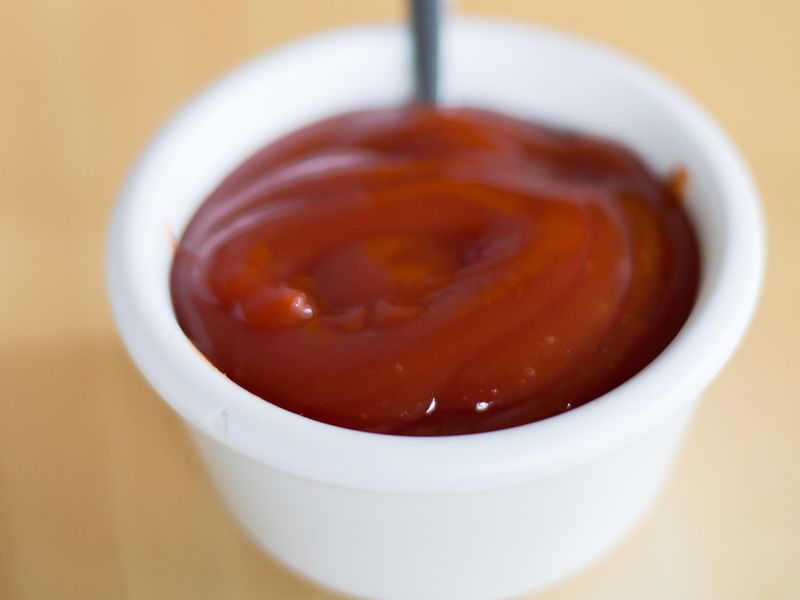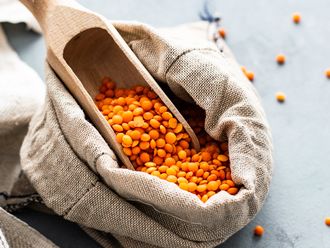
Did you know the ancient Greeks had waffle irons? And Germans once plotted to assassinate the British prime minister through a chocolate bar bomb, during the Second World War?
Click start to play today’s Word Search, where you’ll see popular dishes, like ‘pizza’, making an appearance among non-edible items. Head to Gulf News’ Food section for recipes, guides and more.
Some food history facts are stranger than fiction – in fact, many of them are so bizarre, they sound fake! But human beings’ long association with food has led to a number of weird (and sometimes wonderful) occasions. Here, we highlight five of them:
1. Lobster fertiliser
A visit to a high-end restaurant today would likely feature lobster as one of its most coveted menu items. But centuries ago, when European settlers first arrived in North America, lobsters were so abundant, they would wash ashore in piles of up to two feet high, according to History.com. These crustaceans gained the reputation of being a poor man’s protein. In fact, Native Americans used lobsters to fertilise their crops and bait fishing hooks. And in the colonial era, they were given to prisoners for their daily meals. In Massachusetts, US, servants were so fed up of eating lobsters, they negotiated their contracts to include that they refused to eat lobsters more than twice a week.
2. Greek waffle irons
You might marvel at modern-day waffle irons as ingenious breakfast appliances. But these gadgets actually date back to the ancient Greeks. Although their waffles weren’t as fluffy as the ones we eat today, the Greeks used their waffle irons to create pressed wafers. A cook would hold the iron over an open fire to make it, and this style of cooking gradually evolved to become the Belgian waffle in the medieval period.
3. Carrots weren’t always orange
According to the UK-based Carrot Museum, wild carrots only came in white, yellow and purple until a few centuries ago. Ancient Greeks would talk about carrots and parsnips interchangeably, since they looked so similar. In Central Asia, people began domesticating purple and yellow carrots in around 900AD. Orange carrots are actually a mutation that farmers cultivated, because they were sweeter than their counterparts.
4. Chocolate assassination attempt
During the Second World War, Nazi Germany attempted to assassinate then-British prime minister Winston Churchill. But the vehicle of their devious plot was none other than a chocolate bar. According to a July 2012 report in the UK-based newspaper Daily Mail, a correspondence by an MI5 intelligence chief in 1943 reads: “We have received information that the enemy are using pound slabs of chocolate which are made of steel with a very thin covering of real chocolate. Inside, there is high explosive and some form of delay mechanism... When you break off a piece of chocolate at one end in the normal way, instead of it falling away, a piece of canvas is revealed stuck into the middle of the piece which has been broken off and a ticking into the middle of the remainder of the slab.” The bombs were disguised as Peters Chocolate and wrapped in gold foil, with the potential of eliminating anyone within a proximity of 10 feet. Worried about the bomb, the intelligence chief wrote to the artist Laurence Fish, asking if he could draw a picture of the dessert so they could stay alert. The top-secret letter and Hitler’s plot came to light in 2009.
5. Ketchup was once fish sauce

Today, you can’t imagine ketchup being made with anything but tomatoes. But it has its origins in China, where it was called ke-tsiap – a pickled fish sauce that was used to season food. In the 17th century, European sailors imported it, and made their own versions, initially adding ingredients like mushrooms and anchovies. When ketchup arrived in the American colonies, it was purely a mushroom sauce. It wasn’t until the 19th century that tomatoes first appeared in it. It’s why even today, ketchup bottles generally clarify that it’s ‘tomato ketchup’ and not any other kind.
What do you think of these bizarre food facts? Play today’s Word Search and tell us at games@gulfnews.com.








